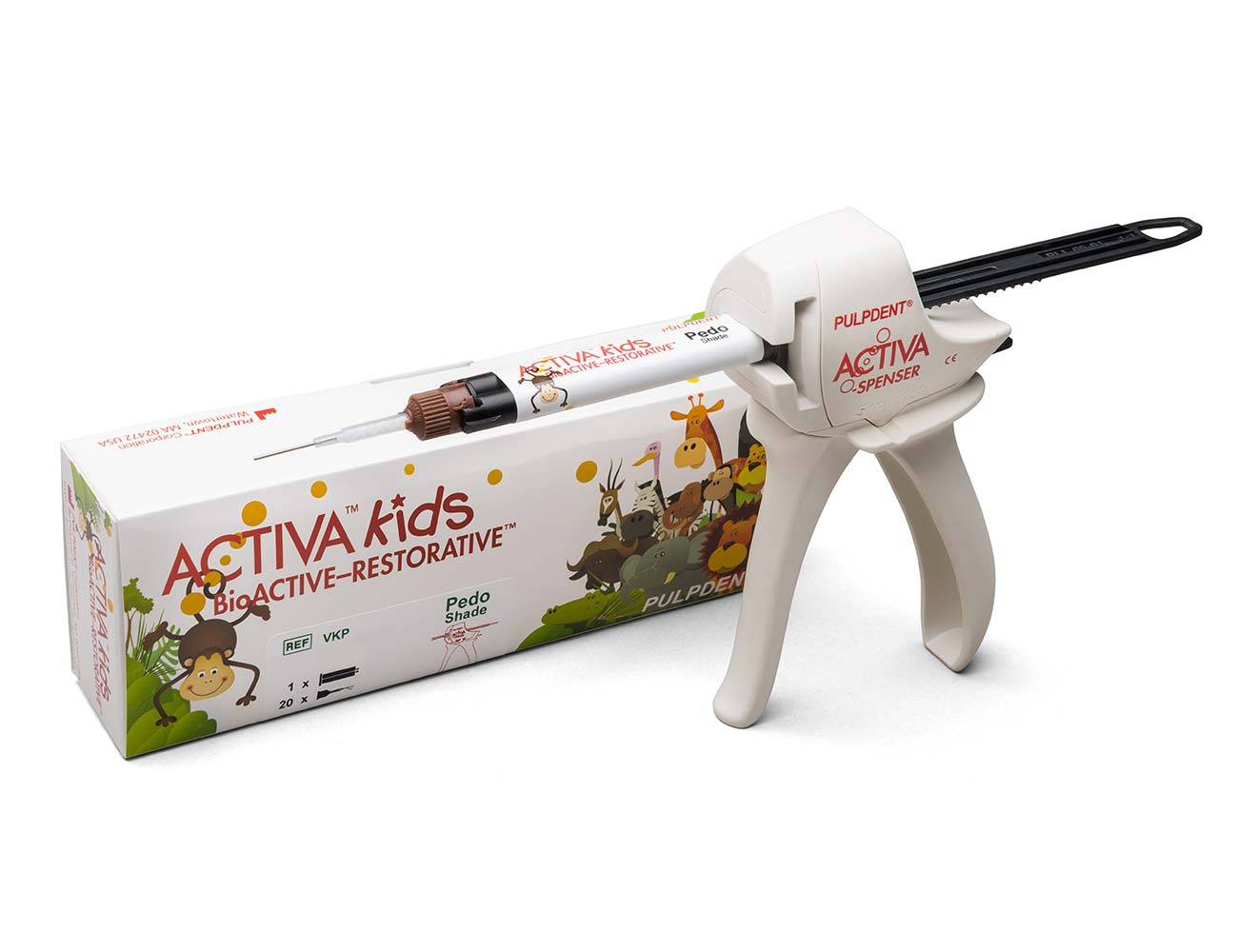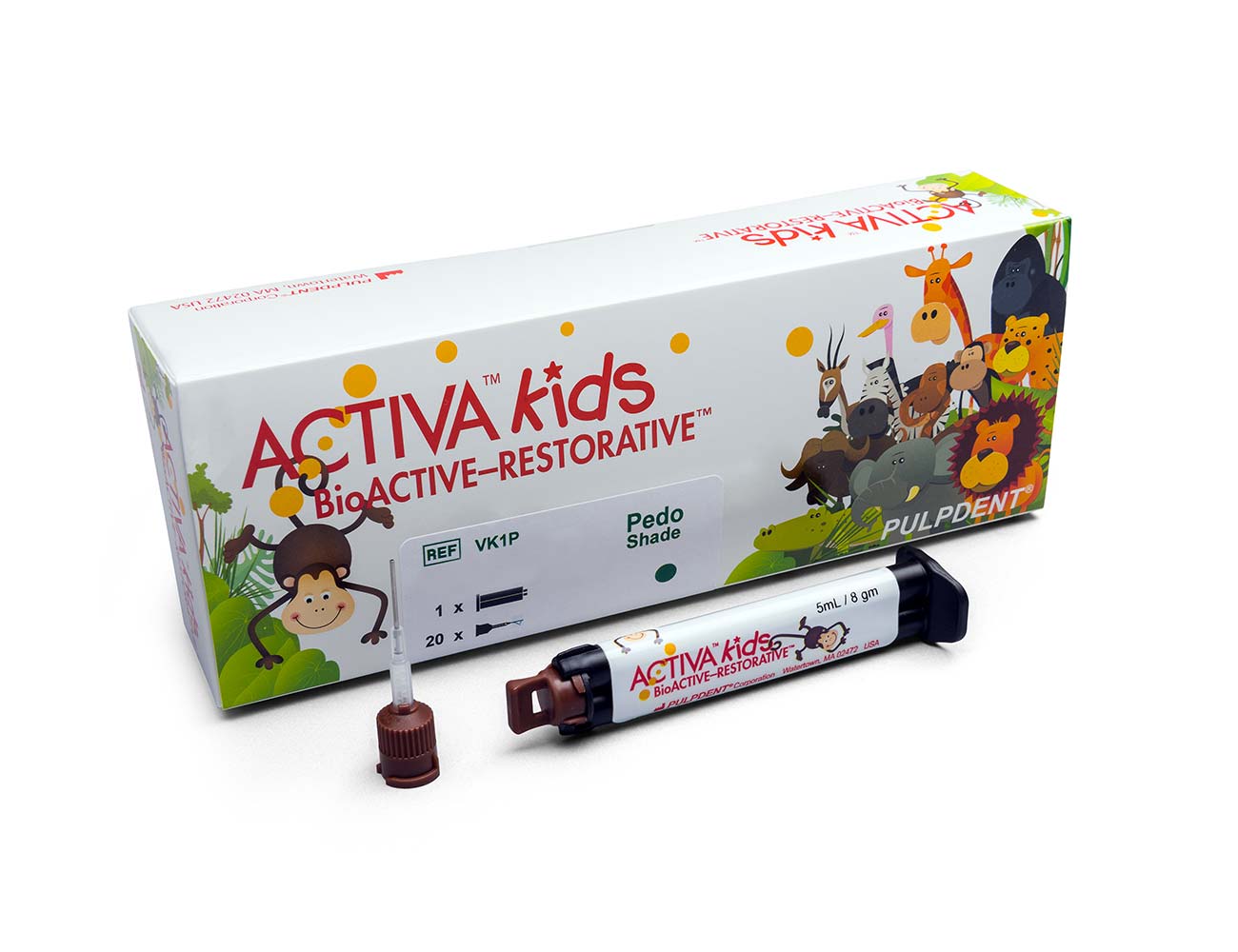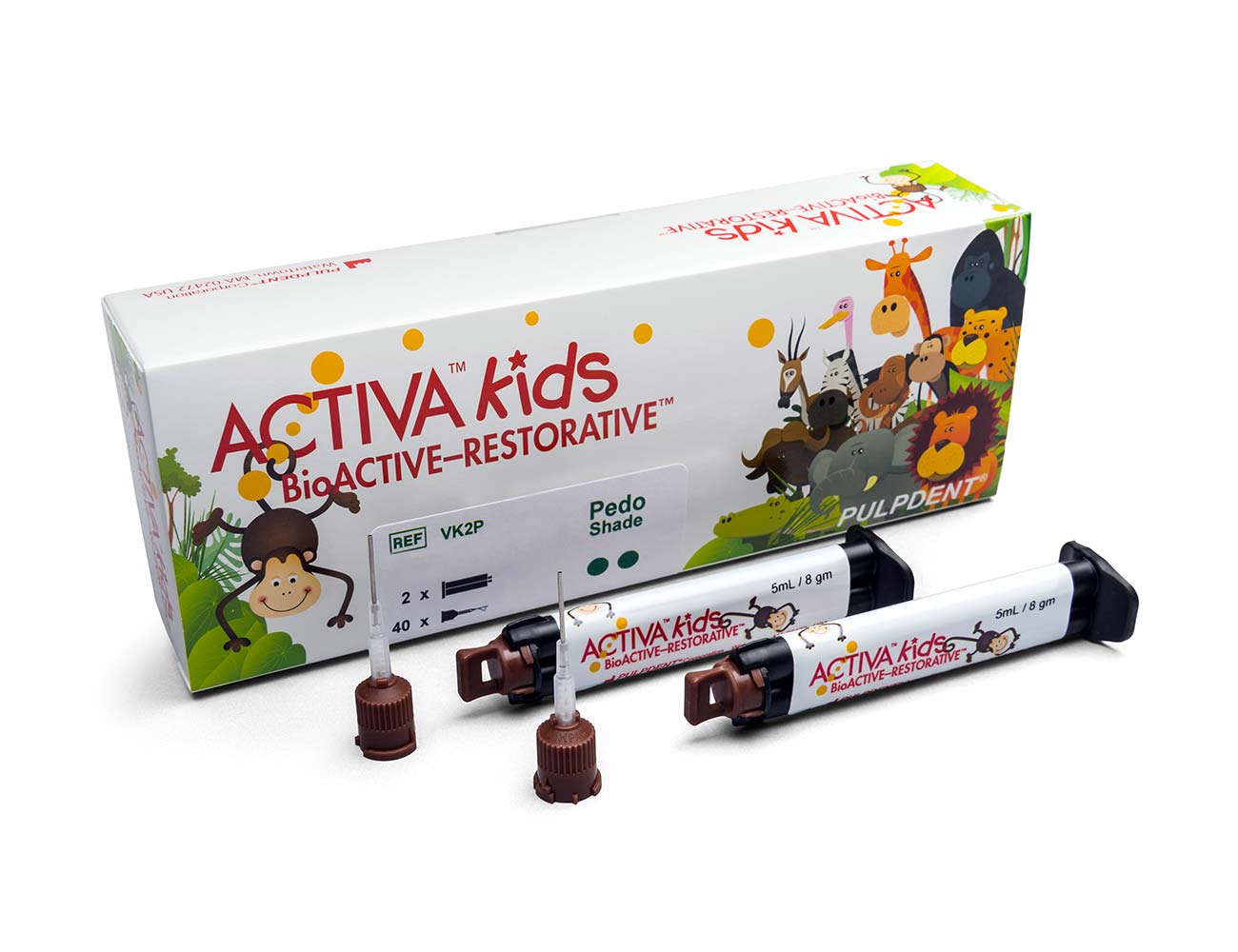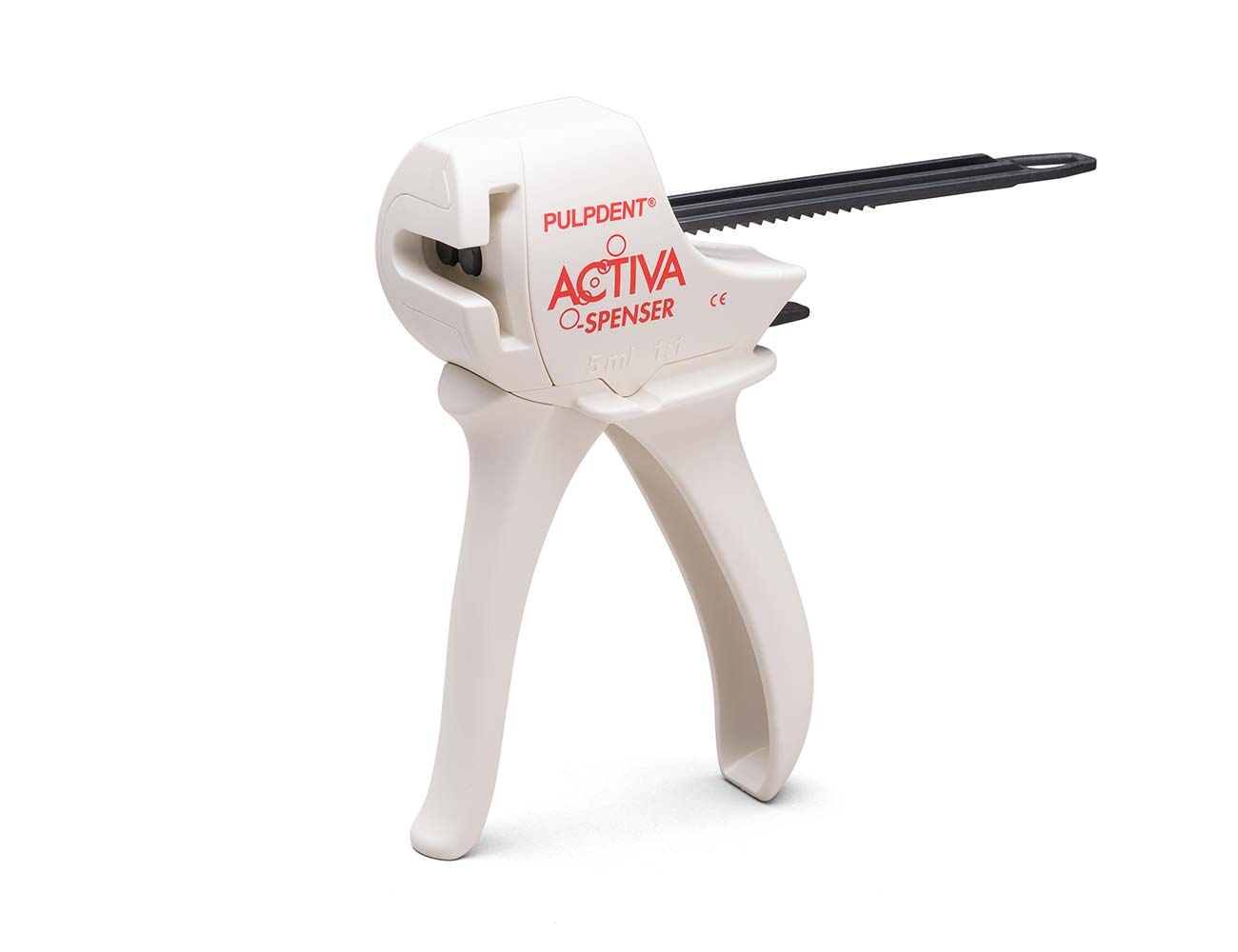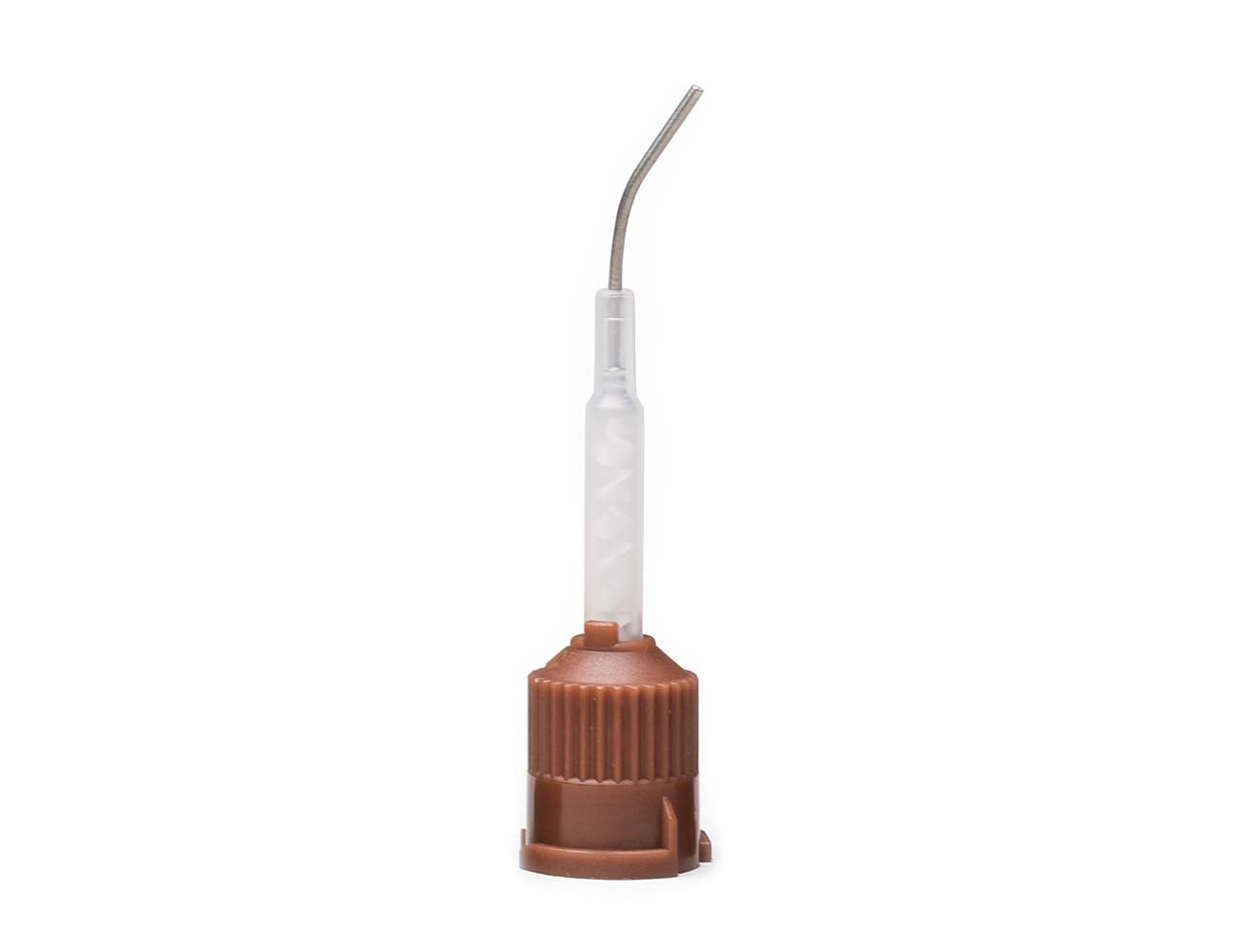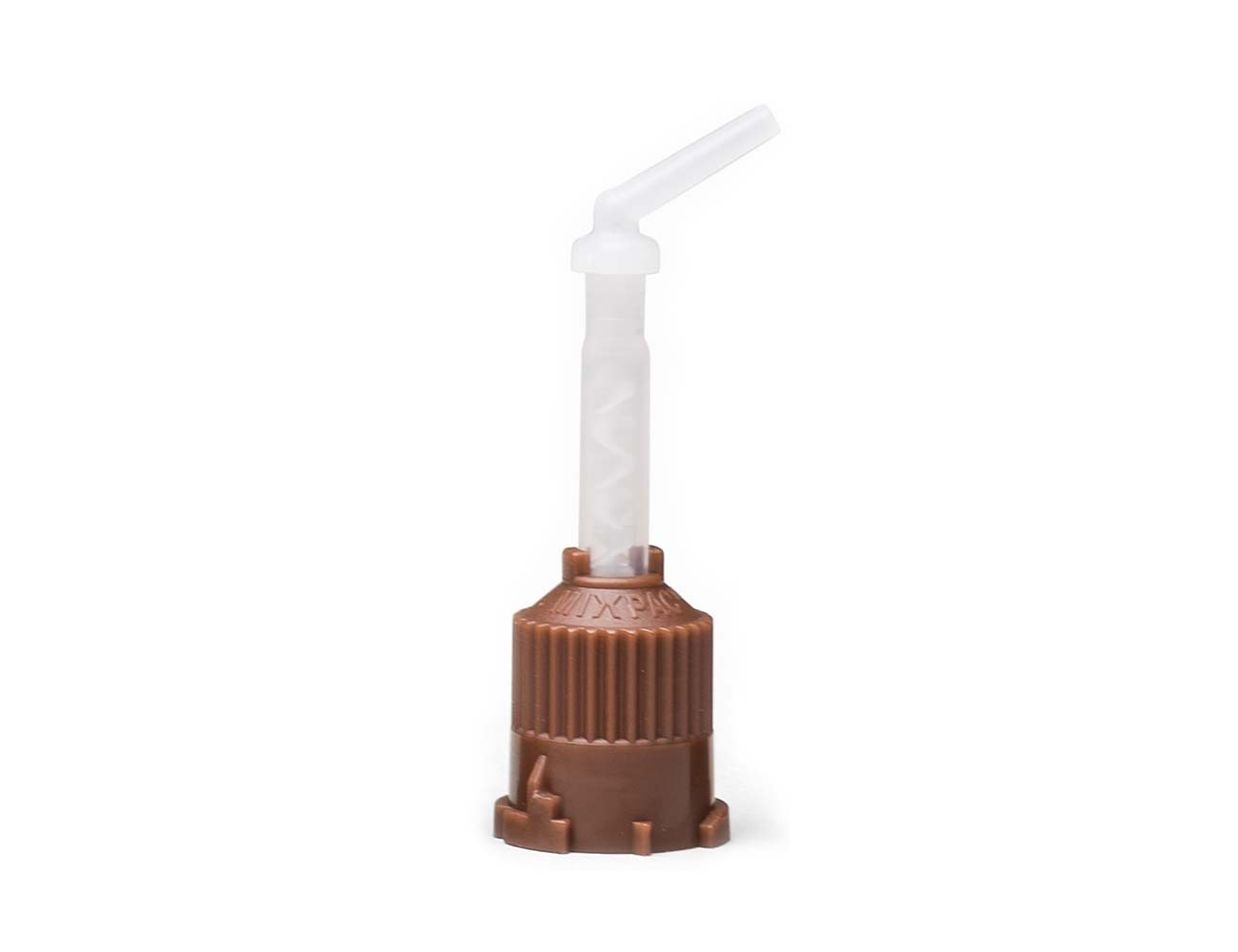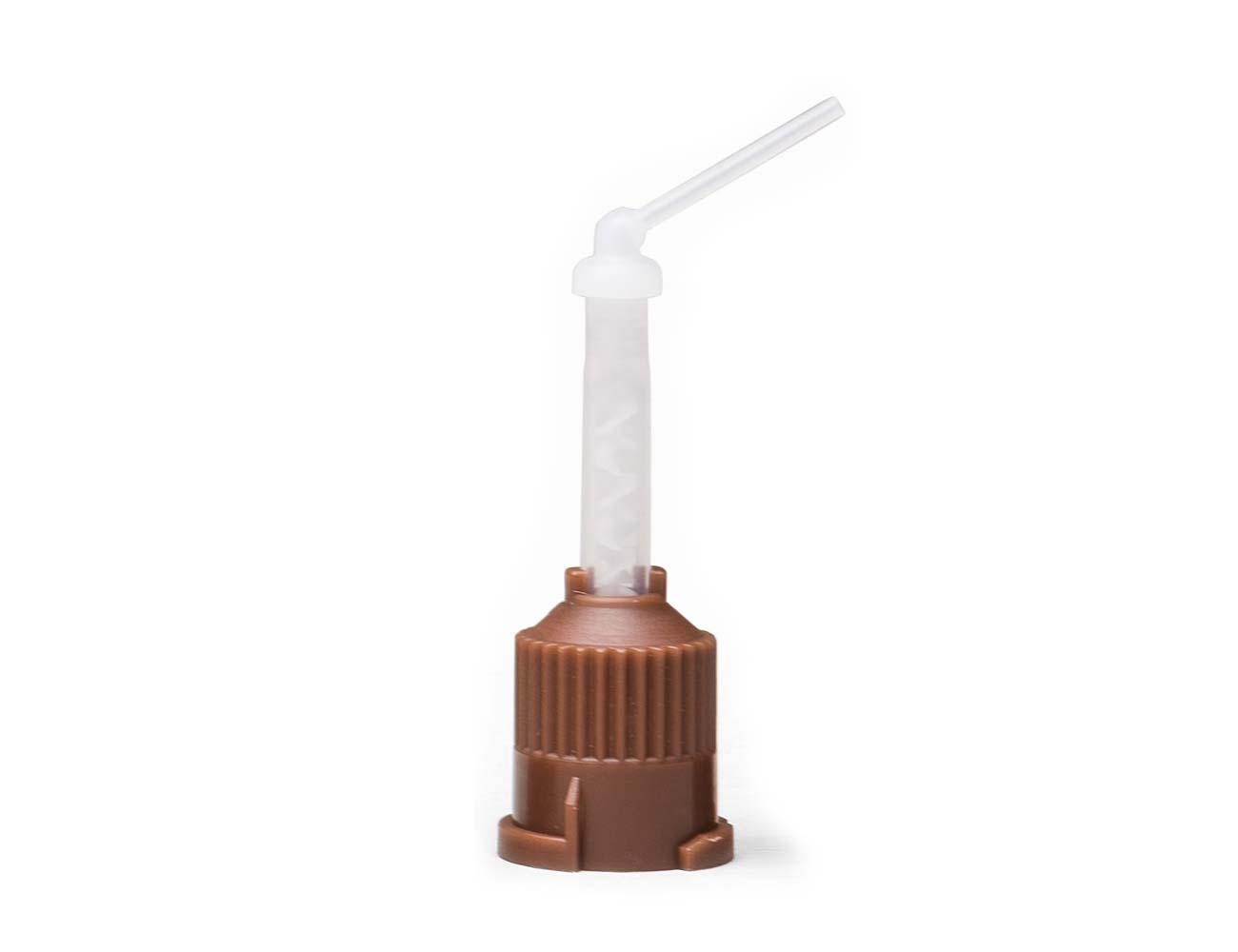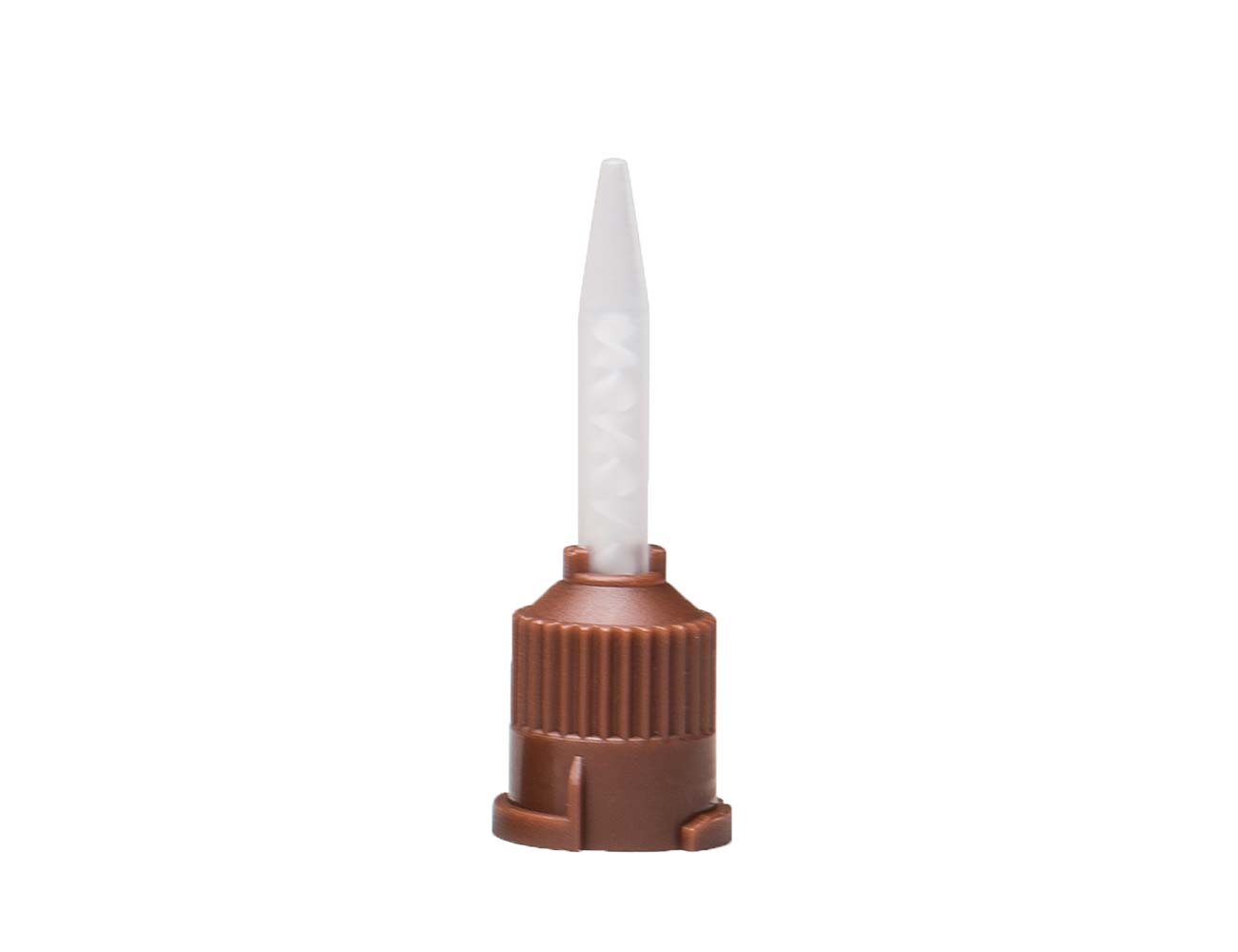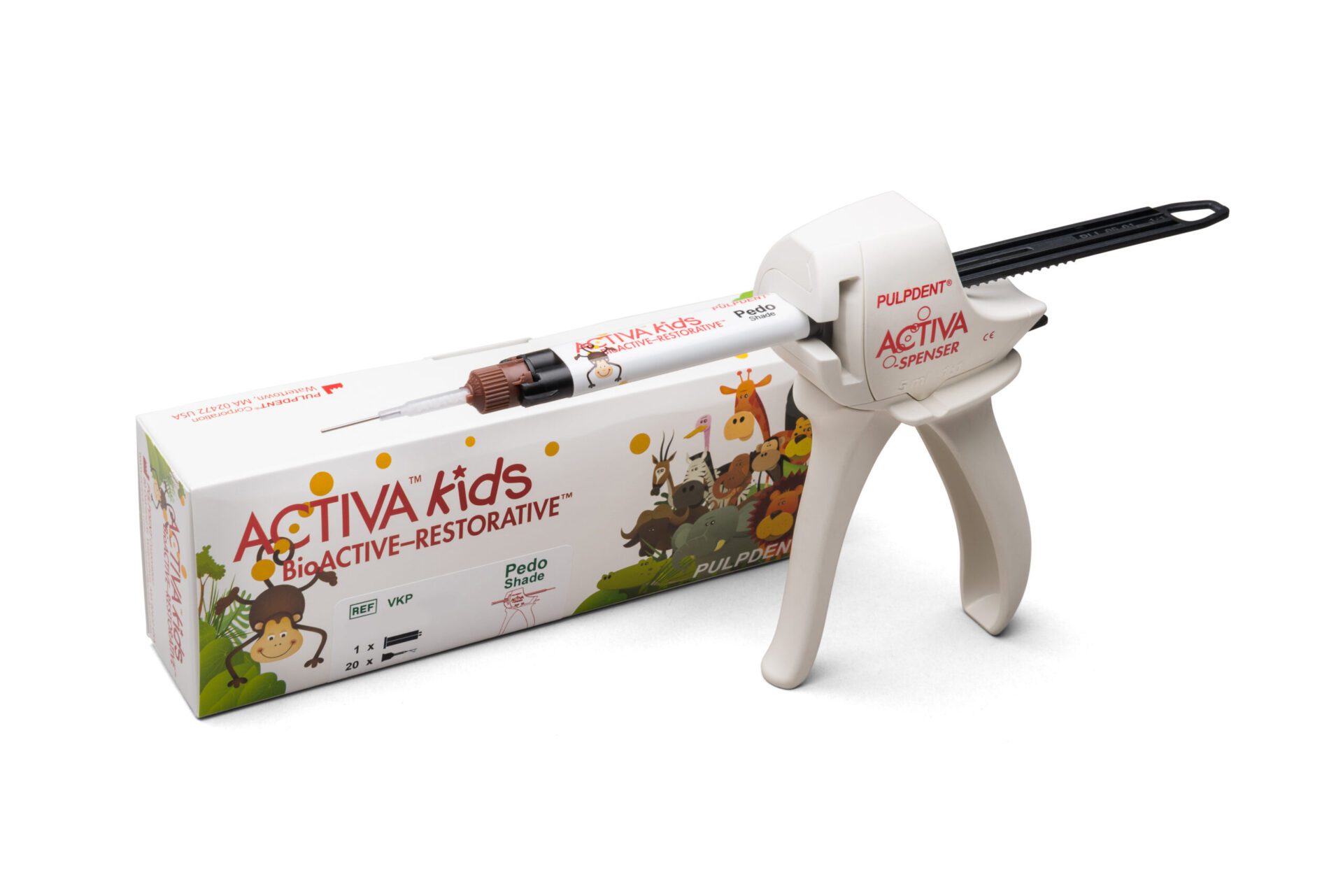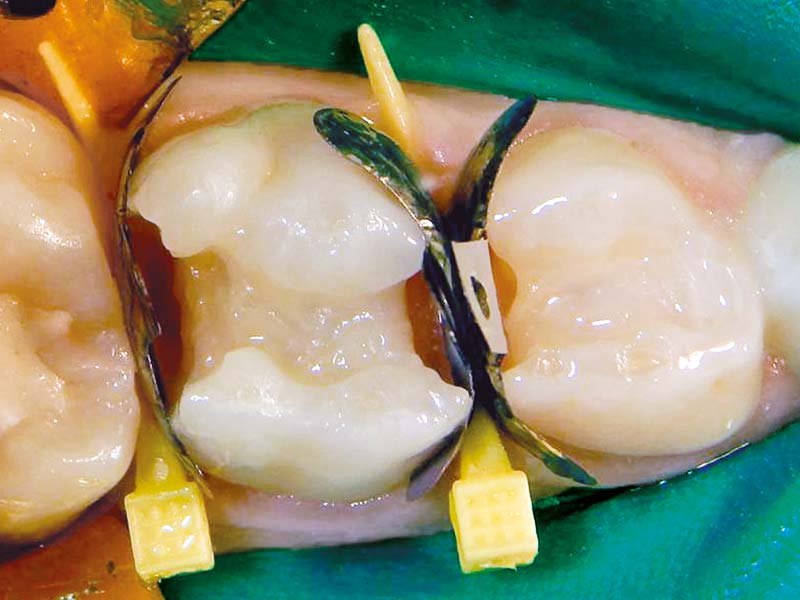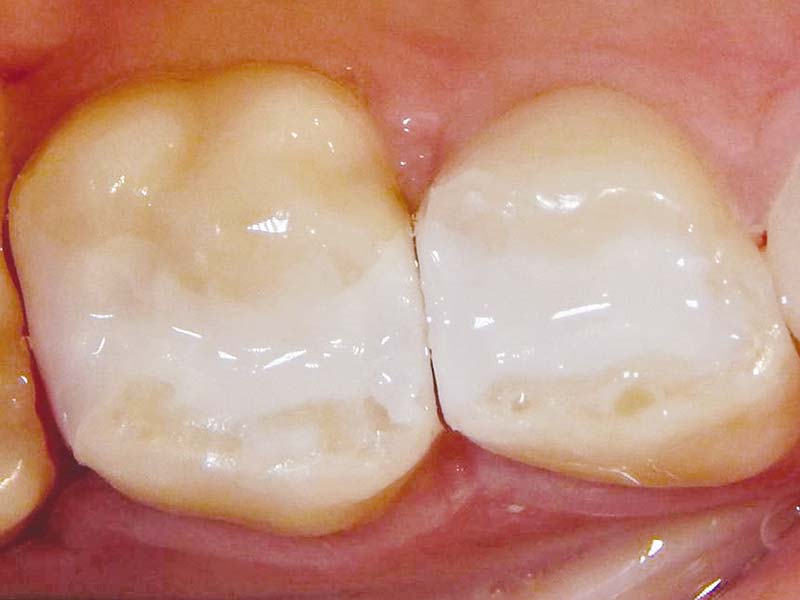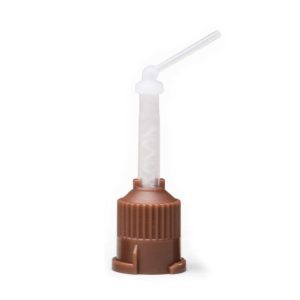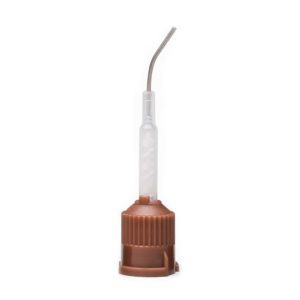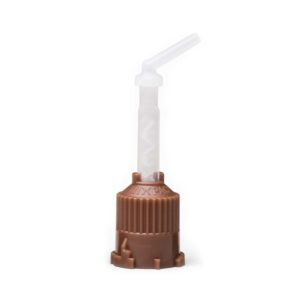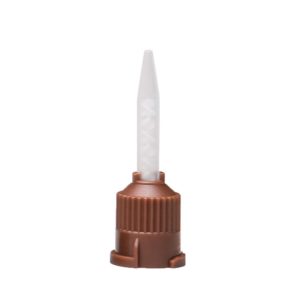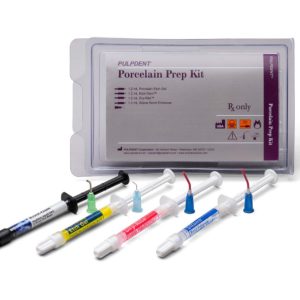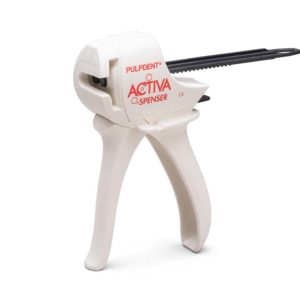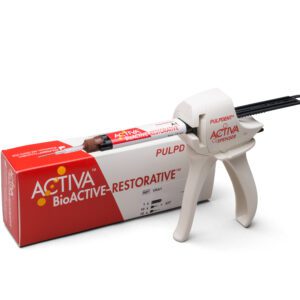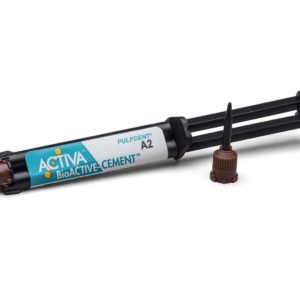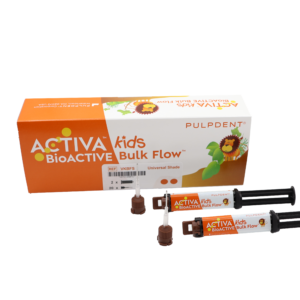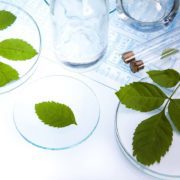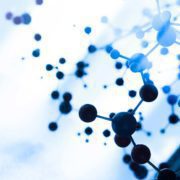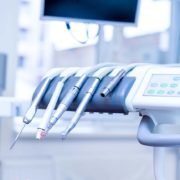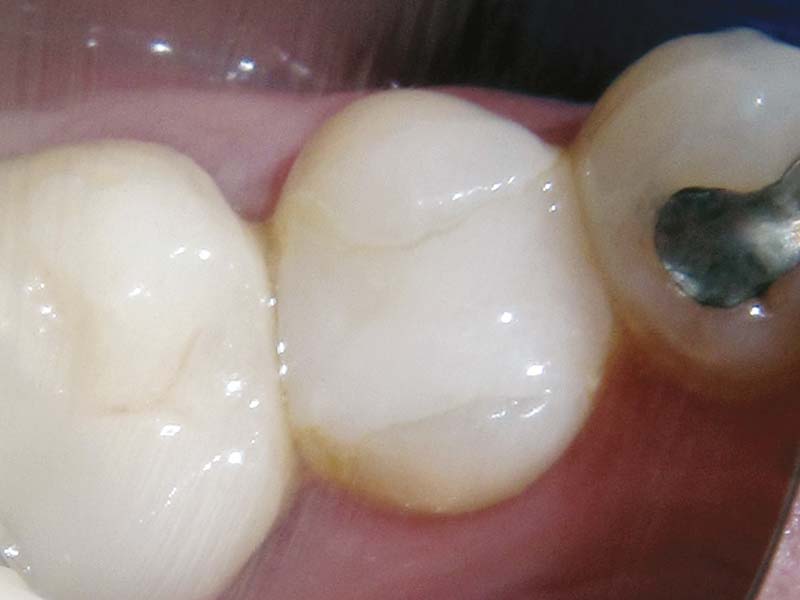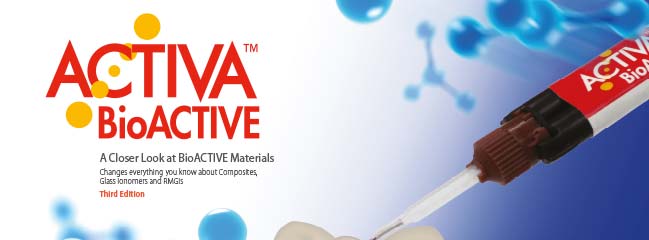ACTIVA™ KIDS est une restauration esthétique en résine BioACTIVE qui stimule la formation d’apatite et le processus naturel de reminéralisation par la libération et la recharge de calcium, de phosphate et de fluorure. Il s’agit d’une teinte blanche opaque qui convient parfaitement à la dentisterie pédiatrique.
ACTIVA est la première restauration bioactive avec une matrice de résine ionique, un composant de résine absorbant les chocs et des charges bioactives qui imitent les propriétés physiques et chimiques des dents naturelles. Il offre tous les avantages des verres ionomères et possède l’esthétique, la solidité et la durabilité des composites. ACTIVA KIDS adhère et masque les taches de fluorure de diamine d’argent.
ACTIVA est sans danger pour les enfants et ne contient ni BPA, ni Bis-GMA, ni dérivés du BPA.
ACTIVA KIDS est un matériau dynamique qui réagit continuellement aux changements de pH dans la bouche et participe activement à l’échange ionique avec la salive et la structure dentaire, essentiel au maintien de dents saines.


